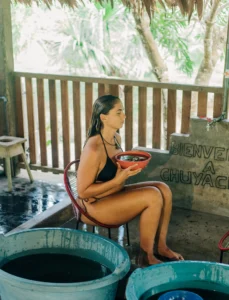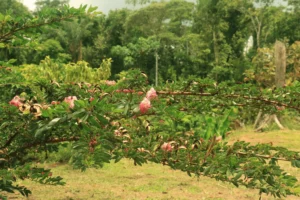
Ayahuasca and Plant Medicine Retreats: A Growing Global Movement Facing New Challenges
- 05-06-2025

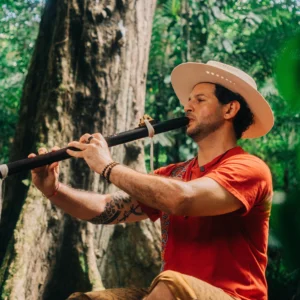
Elio Geusa
Founder
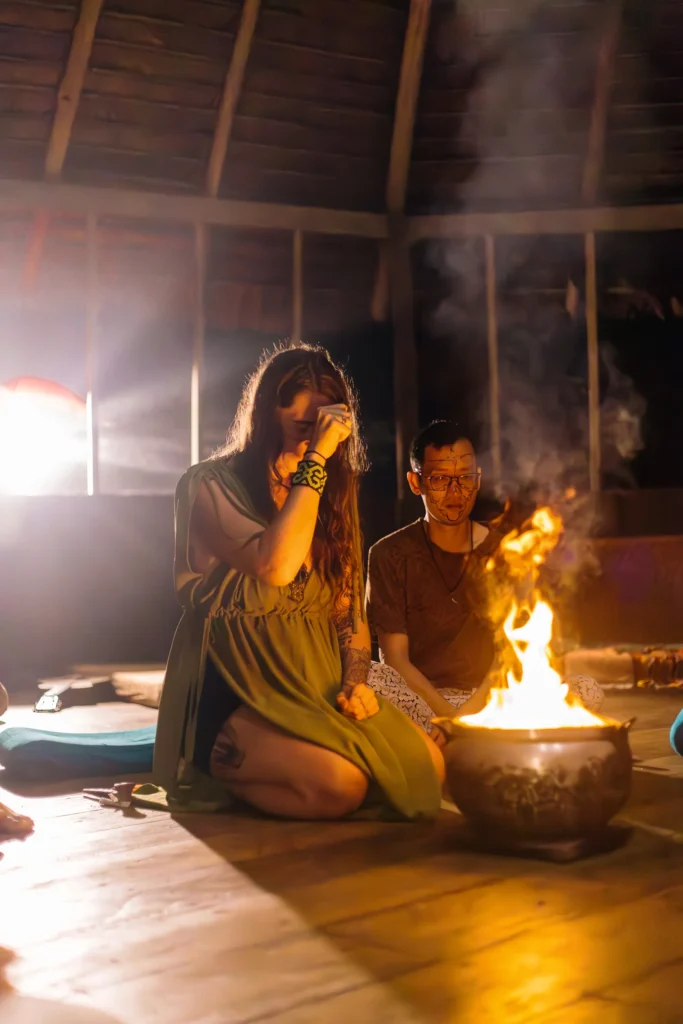
The Growth of Ayahuasca Tourism
In recent years, ayahuasca and plant medicine retreats have shifted from underground experiences to a fast-growing corner of wellness tourism. Around 14% of international travelers now express interest in attending a psychedelic retreat as part of their journeys. This surge in curiosity comes as more people search for meaning, healing, and deeper connections during their travels. Not to mention those travelers who are interested in experiencing the culture of the indigenous people that maintain alive the ritualistic aspects with their centuries of knowledge.
The growth of ayahuasca tourism reflects a broader movement in spiritual healing travel, where travelers seek not just rest but transformation.
Yet, while the interest is there, the path forward isn’t easy. Many retreat centers use platforms like Instagram, Facebook, Google, and YouTube to connect with potential participants. Unfortunately, these tech giants often flag or block content related to psychedelics, even if it’s educational or spiritual in nature.
Impact of Digital Censorship on Plant Medicine
Platforms like Meta (Facebook/Instagram) routinely restrict posts that mention words like “ayahuasca” or “psilocybin,” with accounts getting shadowbanned or demonetized. Google won’t allow ads using these keywords, and YouTube often imposes age restrictions on related videos. TikTok is even stricter, taking down content or suspending accounts that discuss plant medicine.
The impact of digital censorship on plant medicine is significant. These blanket policies distinguish little between illegal promotion and respectful, culturally grounded content. As a result, important information gets buried, and retreat centers struggle to reach those genuinely looking for healing.
This digital suppression translates to lost visibility, fewer bookings, and limited educational outreach. Retreats can’t advertise like other wellness industries, making building trust and providing essential prep and integration support harder. Some centers have lost their accounts, wiping out years of content and community building. Only recently, the ICCERS Instagram account Chacruna Institute got banned, despite their commitment to protecting sacred plants and supporting psychedelic justice.
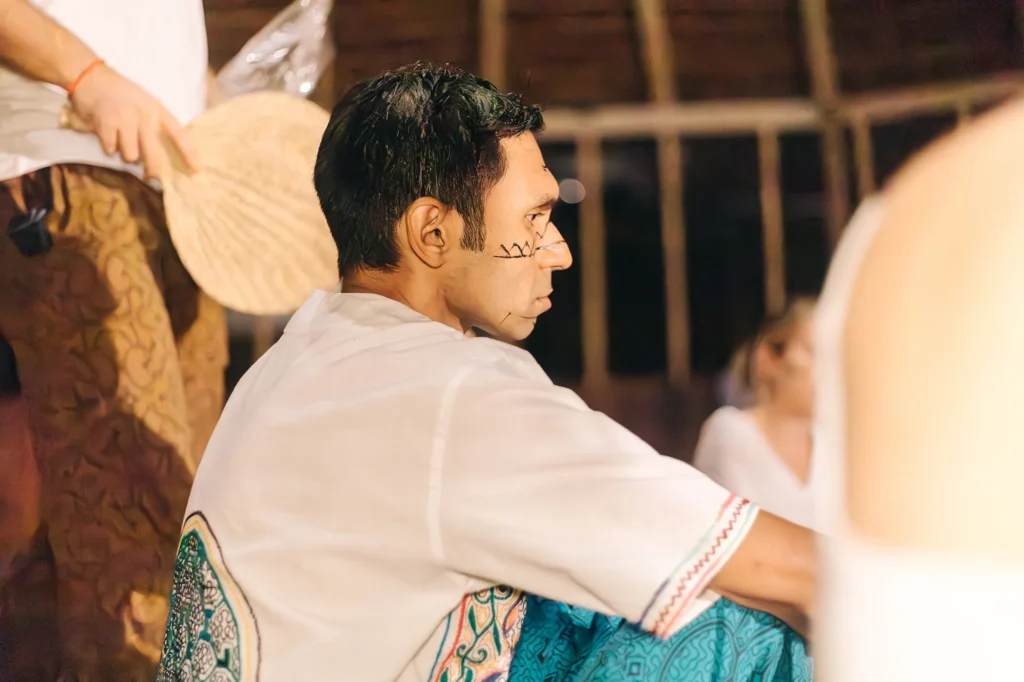
A Booming Industry Despite the Barriers
Despite these obstacles, the retreat sector is booming. In 2019, ayahuasca tourism alone was worth an estimated $62 million. That number has only grown, especially in a post-pandemic world where people crave purpose and transformation.
Between 2020 and 2023, the number of listed psychedelic retreat centers jumped from 64 to 362 worldwide. In some places, bookings have multiplied sevenfold since 2018. New centers are opening throughout Latin America, Europe, and North America, and established centers are also scaling up to meet demand.
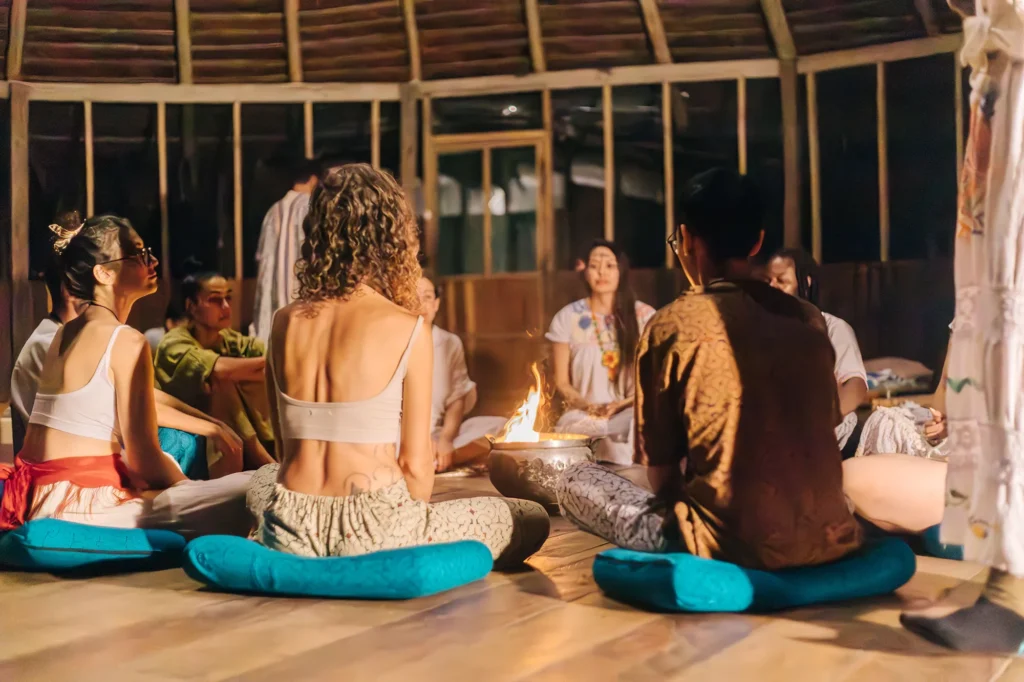
Where Are People Going?
Peru is the heart of Amazonian plant medicine. Thanks to its deep cultural ties to medicine and strong tourist infrastructure, it hosts nearly 75% of the region’s centers. Places like Iquitos and the Sacred Valley draw thousands yearly for shamanic healing experiences, making them top spiritual travel destinations.
However, there are calls for better safety standards and more local ownership, especially following some concerning incidents. Despite this, Peru remains a leading destination.
Costa Rica is another top choice, known for combining plant medicine with high-end wellness experiences.
Other countries are stepping into the space, too. Brazil has an intense local scene tied to spiritual churches but isn’t yet a significant draw for foreign visitors. Colombia, Ecuador, and Bolivia host a smaller number of retreats, often in more remote or niche settings.
Mexico stands out with offerings that include mushrooms, toad medicine (5-MeO-DMT), and peyote ceremonies. Jamaica and the Netherlands, where some psychedelics are legal, are also gaining traction.
Who Is Attending and Why?
The average participant is usually in their 30s or 40s, holds a university degree, and works professionally. Most come from North America, Europe, or Australia, seeking emotional healing, spiritual insight, or personal growth. Many have tried traditional therapies without success and are now looking for something more profound.
Many people come to these retreats for deeply personal reasons—struggling with anxiety, depression, PTSD, or feeling lost and stuck in life. Others are searching for something more spiritual, like reconnecting with nature or rediscovering a sense of purpose. Learn how to prepare and integrate your plant medicine experience to make the most of your healing journey.
This is part of a broader trend in spiritual healing travel that blends ancient practices with modern needs. It’s not just about taking medicine: many retreats also include yoga, meditation, plant treatments, plant baths, and saunas, or preparation and integration sessions, helping create a more grounded and supportive healing experience.
At the same time, a wider range of people are showing up for these journeys. Women-led retreats, especially those focused on healing from trauma, are becoming increasingly common. Veterans and first responders are attending to manage PTSD. Retirees are exploring plant medicine or emotional closure. The audience is becoming more diverse and mainstream.
Is There an Opportunity to Grow?
The success of these retreats has opened doors for new business models. Luxury experiences with spa services, private accommodations, and small groups are attracting higher-income travelers. Prices range from $5,000 to $15,000 weekly, especially with upscale hospitality.
This has caught the attention of investors and travel companies, some of which are collaborating with influencers or public figures to promote retreats. Platforms like Retreat Guru and AyaAdvisors help users find and compare options, acting like TripAdvisor for plant medicine.
Tech integration is also on the horizon. Some centers offer pre-retreat webinars and post-retreat support apps to help guests integrate their experiences.
There’s also increasing overlap with the broader wellness world. Many retreats now include yoga, nutrition, and therapy. Some wellness resorts are exploring legal psychedelic offerings, particularly in countries like the Netherlands or Portugal.
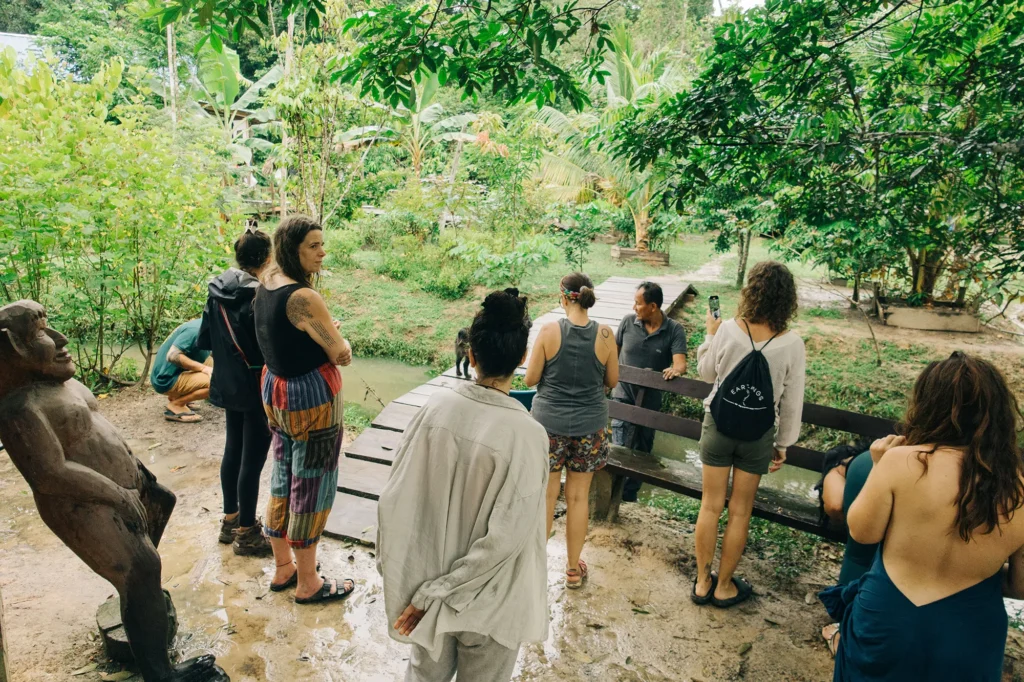
Why Spiritual Healing Travel Is on the Rise?
The Global Wellness Institute (GWI) has researched that the global wellness tourism market will reach over $1.3 trillion by 2027. According to their 2023 Global Wellness Economy Monitor, the market is expected to grow from $651 billion in 2022 to $1.4 trillion by 2027, reflecting an annual growth rate of 16.6%.
Wellness tourism is also set to double, with plant medicine retreats increasingly seen as a core offering.
More travelers are expected to join, from curious first-timers to returning seekers. As stigma fades and interest spreads, the industry could see hundreds of thousands of participants each year by the decade’s end.
More young people are growing up with an open mind about psychedelics, and at the same time, many older adults are turning to these experiences as a way to heal.
This cultural shift is opening new doors for the plant medicine world, making it more visible and drawing more people to retreat centers around the globe.
Legal reforms are also changing the landscape. Places like Oregon, Colorado, and Australia are introducing regulated frameworks that may eventually support domestic retreats.
Even in the U.S., more and more “psychedelic churches” are opening their doors, offering ceremony spaces for people seeking a safer, more accessible way to explore these experiences close to home.
Conclusion
The future of plant medicine retreats looks incredibly promising, but it also requires us to move forward with care, integrity, and deeper awareness.
More people are drawn to this path, which protects the sacred traditions behind these medicines, keeps participants safe, and shares knowledge that truly respects where it comes from and the original caretakers of where the ceremonies are offered.
This also means addressing essential issues like the sustainable use of plants such as ayahuasca and giving back to the indigenous communities who have carried this wisdom for generations.
At AYA Healing Retreats, this responsibility is at the heart of everything we do. Based in the Peruvian Amazon, we work closely with Shipibo healers to offer authentic, trauma-informed plant medicine experiences. Our retreats are not just about healing—they’re about creating genuine connections, preserving traditions, and supporting the land and people who make this work possible.
Despite the challenges, the path forward is hopeful. As more people seek deep healing and transformation, plant medicine retreats become powerful in wellness and spiritual travel destinations.
What once was a quiet path walked by a few is now a global movement—opening hearts, shifting perspectives, and reminding us what it means to truly heal.
Which Master Plant are you? Take the quiz to know!
Help & Support
Newsletter
Unlock the Secrets of Shipibo Wisdom: Subscribe to Our Newsletter Today!
©2017-2025 AYA Healing Retreats
Newsletter
Unlock the Secrets of Shipibo Wisdom: Subscribe to Our Newsletter Today!
Help & Support
©2017-2025 AYA Healing Retreats

